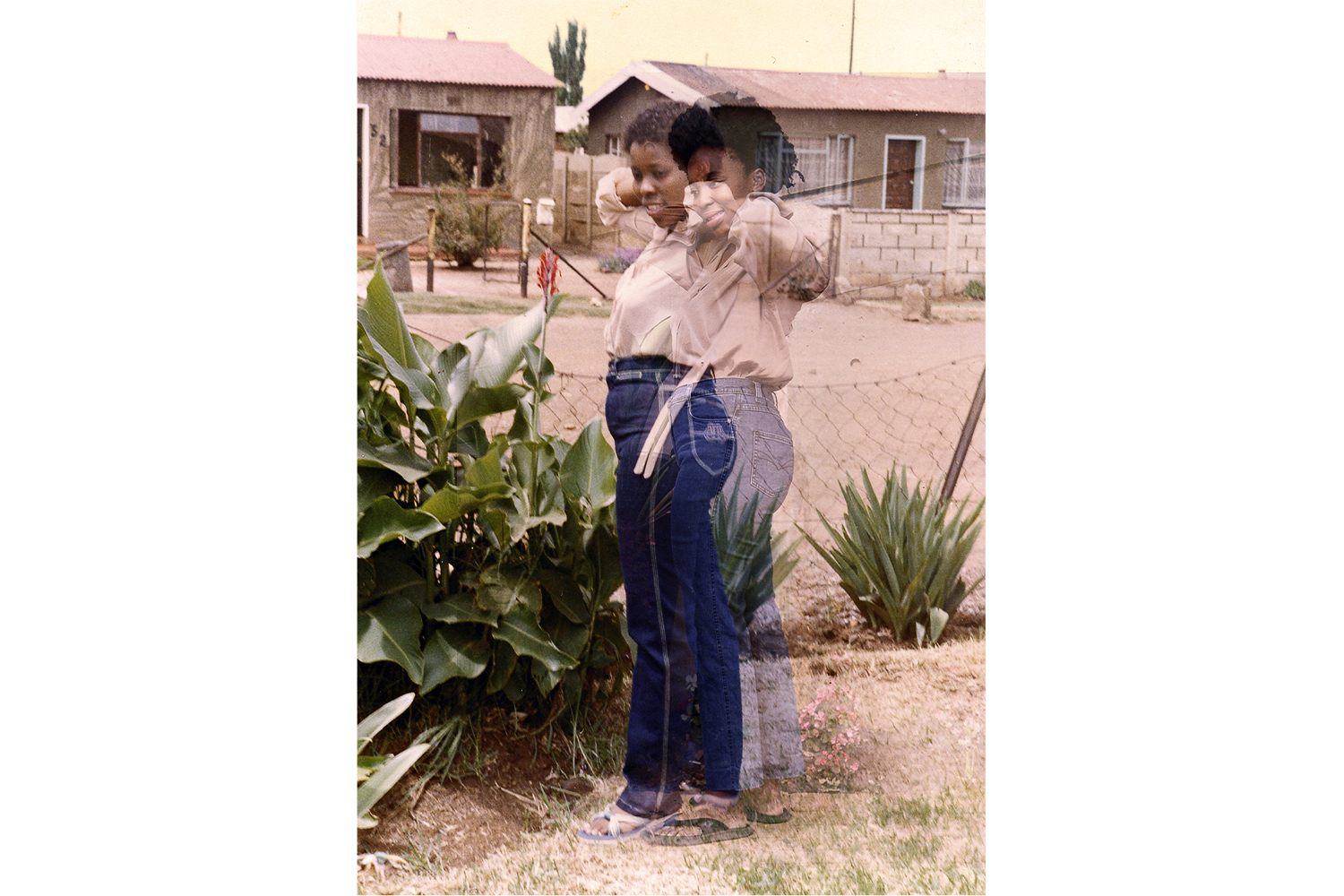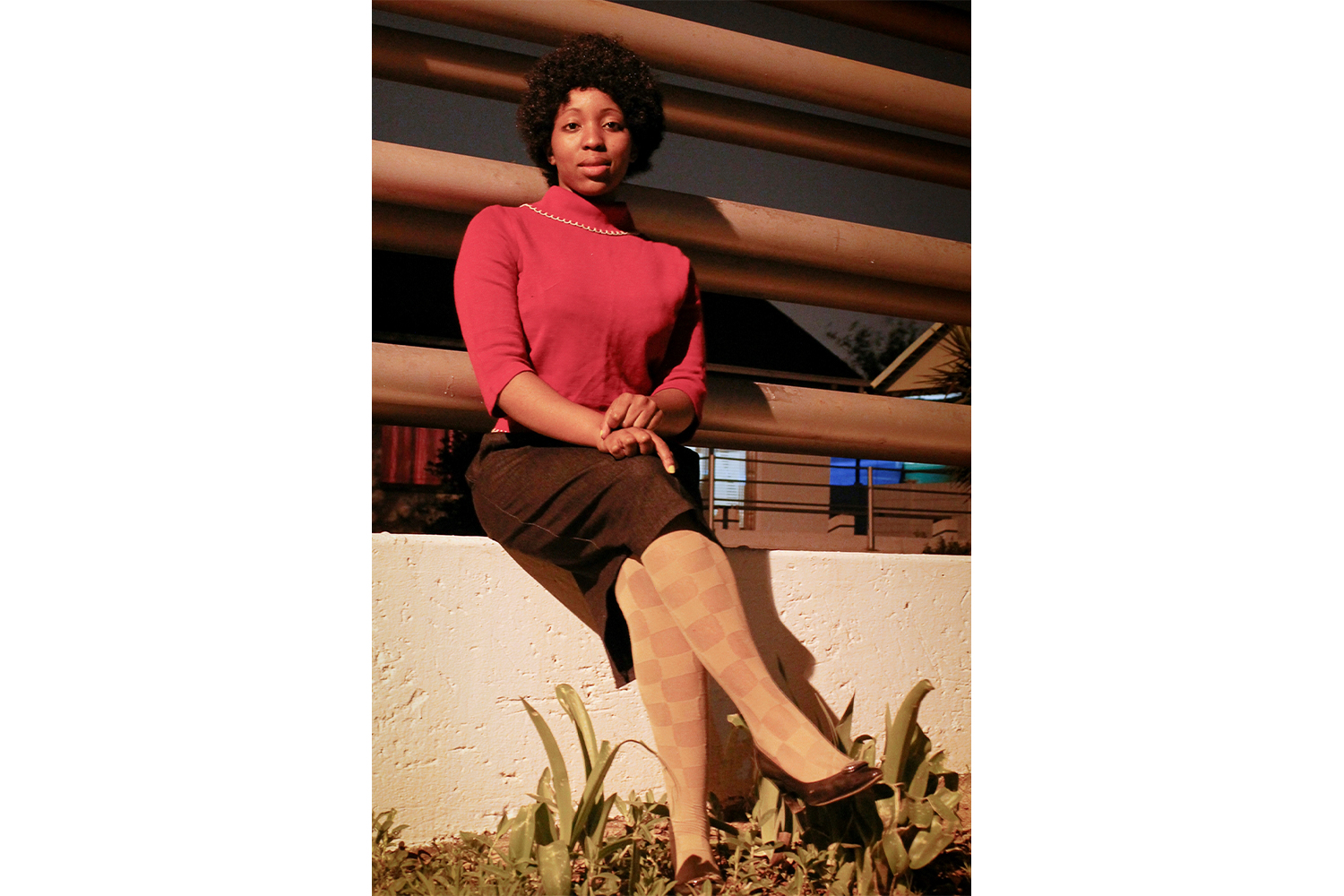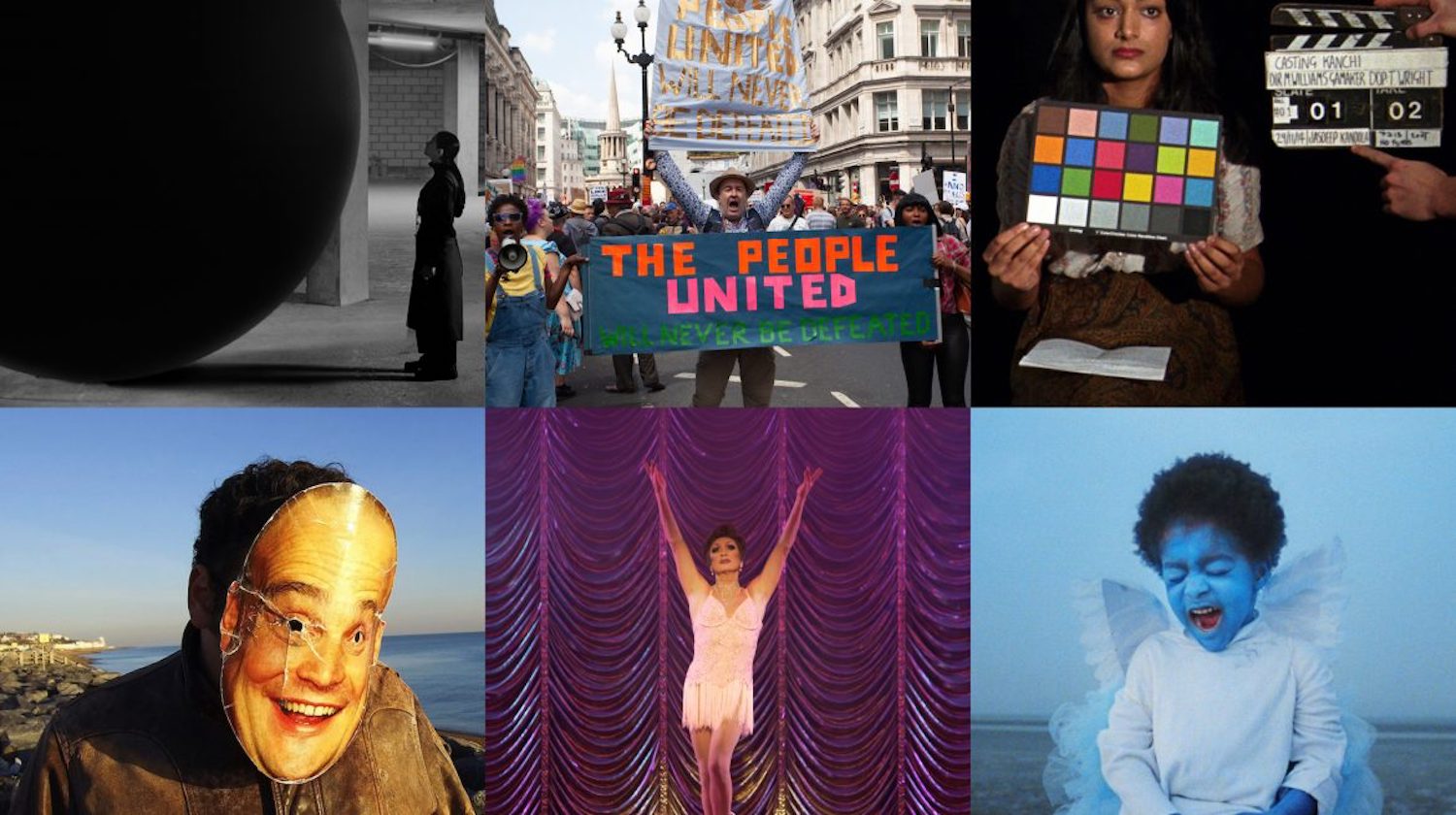Lebohang Kganye, from Johannesburg, South Africa, is the sixteenth winner of the Foam Paul Huf Award. The winner was selected by a jury of five industry specialists out of around 100 nominees selected by 23 nominators from 21 countries. The Foam Paul Huf Award is presented annually to an upcoming photography talent to encourage photographers in their artistic development.
Kganye’s work explores themes of personal history and ancestry whilst resonating with the history of South Africa and apartheid. The jury states: “Reflecting on personal narratives, memory, family, loss, displacement and dislocation while questioning photography’s indexicality as a marker of truth, Lebohang Kganye’s work impressed us for its clarity of vision, complexity and ambition. Spanning photography, collage, film, installation and sculpture, Kganye’s performative and visually sophisticated work draws on both family and collective archives to shed light on the fabricated nature of history and memory.
Located in the specificity of her South African context, Kganye’s multivalent work resonates with her nation’s traumatic history of colonialism and apartheid, and her work often takes literature, theatre and oral histories as their point of departure. From her debut series Ke Lefa-Laka: Her Story, 2013, in which the artist appears as a spectral presence in found photographs of her mother who passed away a few years earlier to her more recent theatrical, photographic dioramas where silhouettes of her family and other figures have been cut-out to create shadow puppets, Kganye’s work goes beyond being a simple testimony of past events but rather utilises the photographic medium to narrate and imagine a new history.”
The winner, Lebohang Kganye said that “The award comes at a moment where I have such a different relationship with my art-making. I recognise how the stories are centred on healing. I am grateful that the healing is not just for me. My personal visual language has changed and materiality and oral histories are at the centre. The selection of work speaks to how I am thinking through my practice and the connections I am making.”






